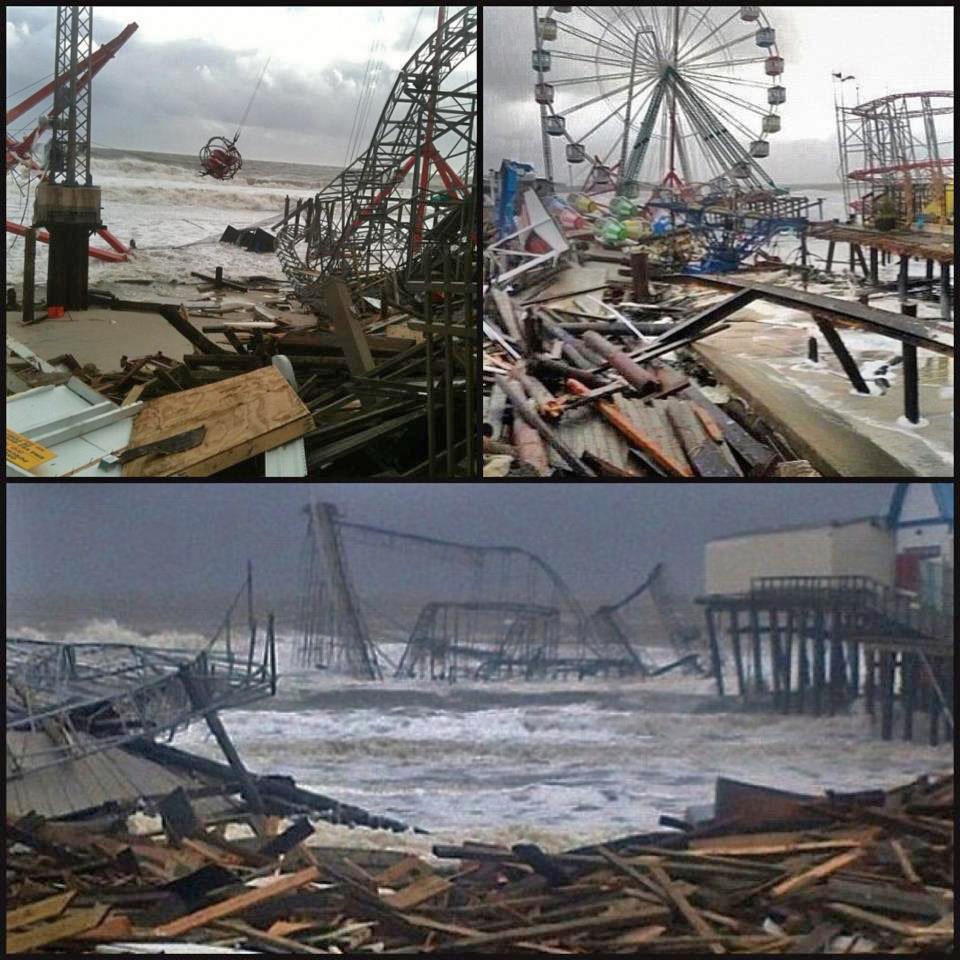
Arctic Sea Ice – More Than Half Gone With Five Times As Much Warming Just what do all the squiggly lines mean? To start with, the way science is shown to us civilians is a bit misleading generally. What we hear much of the time as the “new record sea ice extents” is based on…


